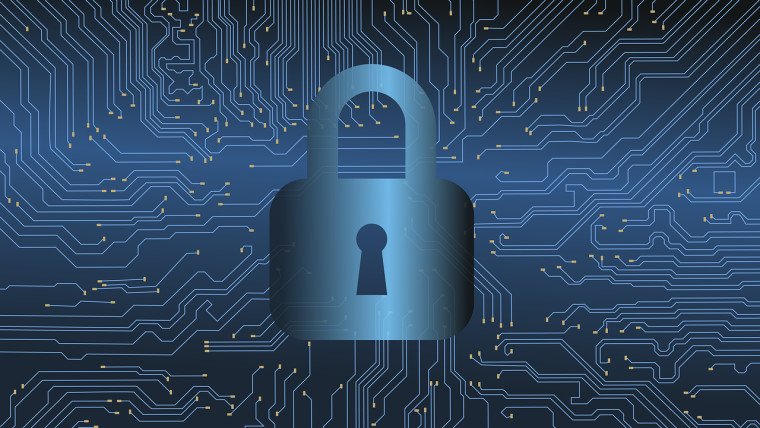In the face of escalating digital threats, organizations are turning to Managed Detection and Response (MDR) as a critical component of their cybersecurity strategy. By integrating various security tools into a cohesive framework, MDR enhances the ability to detect and respond to cyber threats more effectively than traditional methods.
The Role of MDR in Cybersecurity
MDR serves as the backbone of a robust cybersecurity stack. While individual security tools such as firewalls, endpoint protection, and Security Information and Event Management (SIEM) systems play important roles, they often operate in isolation. This lack of integration creates gaps where threats can remain undetected. MDR addresses this challenge by coordinating security tools, teams, and tactics into a unified defense strategy.
Instead of managing multiple disconnected tools, organizations leveraging MDR benefit from comprehensive visibility across their infrastructure. This integration allows for faster identification of threats and a more coordinated response, transforming cybersecurity from a collection of disparate tools into an integrated system.
Core Functions of MDR: Detection and Response
MDR is essential for its core functions in detection and response. The detection process identifies threats that may be overlooked by individual tools. MDR analysts engage in proactive threat hunting, examining behavioral patterns to identify unusual activities. This approach is crucial, as traditional security tools typically rely on known attack signatures, leaving them vulnerable to unknown threats.
By employing behavior analysis and threat intelligence, MDR can detect sophisticated attacks more effectively. Once a threat is identified, rapid containment measures are initiated. Suspicious endpoints are isolated, malicious processes are terminated, and compromised accounts are locked. This swift action is vital; minutes can mean the difference between a contained incident and a major breach.
The subsequent investigation into incidents reveals critical information, such as the data accessed and the systems affected. Understanding the scope of an incident is crucial for compliance and recovery efforts. A thorough investigation can prevent overlooked vulnerabilities that attackers might exploit later.
MDR connects various tools such as Endpoint Detection and Response (EDR), SIEM, and threat intelligence. EDR focuses on monitoring devices for suspicious activity, while SIEM aggregates logs from all systems. However, this data requires human interpretation to provide meaningful insights. Threat intelligence offers context about known threats, but without coordination, it can become overwhelming noise. MDR bridges these gaps, allowing data to flow seamlessly between tools and providing a comprehensive understanding of the threat landscape.
Automated playbooks within MDR orchestrate responses across multiple tools. When threats are detected, these automated playbooks execute coordinated responses, significantly reducing the time required for manual intervention. This speed is a critical advantage, transforming response capabilities from hours to mere seconds.
The Importance of Continuous Monitoring
Continuous monitoring is another key advantage of MDR, surpassing the effectiveness of periodic audits. Audits typically occur on a quarterly or annual basis, identifying issues retrospectively. By the time audits reveal problems, attackers may have already compromised data. Continuous monitoring, on the other hand, allows organizations to detect threats in real-time, stopping incidents before they escalate.
This proactive approach not only enhances prevention but also helps organizations recognize patterns over time. Early detection of patterns can reveal the progression of an attack, enabling timely intervention before objectives are achieved. Furthermore, continuous monitoring simplifies compliance with regulatory requirements by providing real-time evidence of ongoing security efforts.
Scalability of MDR for All Business Sizes
The scalability of MDR makes it an ideal solution for organizations of all sizes. Small businesses often lack the resources to establish their own Security Operations Centers (SOCs). MDR provides the necessary capabilities without the overhead of building an internal team, offering enterprise-class detection and response services that would otherwise be out of reach.
Mid-sized businesses can supplement their existing security teams with MDR, allowing internal staff to focus on day-to-day operations while MDR handles advanced threat detection and investigation. This partnership enhances security capabilities without requiring additional budget allocations. For larger enterprises, MDR offers specialized expertise and scales with organizational growth, ensuring that security measures remain robust as operations expand.
In conclusion, Managed Detection and Response unifies security layers into a cohesive defense system, improving the effectiveness of individual tools through coordination. By providing proactive detection, rapid response, and comprehensive investigations, MDR addresses the shortcomings of traditional cybersecurity approaches. The integration and automation capabilities of MDR not only enhance security outcomes but also justify the return on investment for organizations transitioning to this modern defense strategy. As cyber threats continue to evolve, adopting a unified, coordinated approach through MDR is essential for building lasting cyber resilience.
